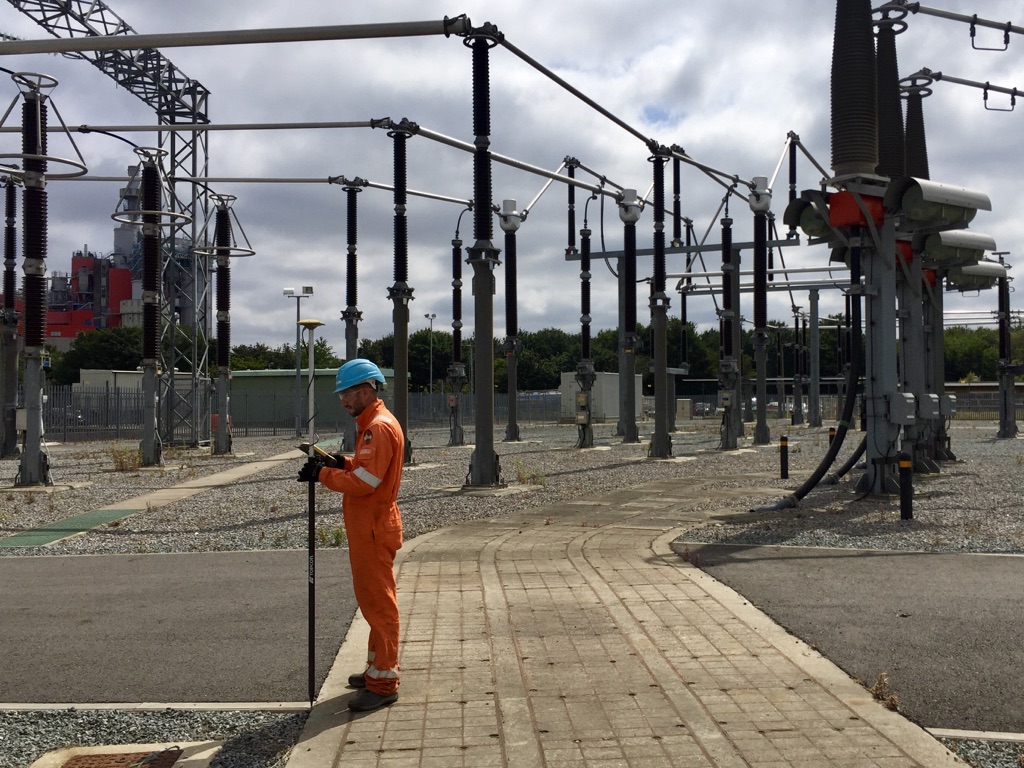Vital Tools and Methods in Laying Out Design
The discipline of establishing out design depends greatly on a collection of important devices and strategies that underpin the accuracy and efficiency of job execution. What effects does this hold for future engineering techniques?
The Significance of Accurate Dimensions

The value of accurate dimensions extends beyond plain compliance; they are integral to the total efficiency of engineering procedures. Inaccuracies can bring about material waste, job hold-ups, and increased labor expenses, ultimately impacting the job's profits. Precise measurements improve the high quality of the final item, making certain that it performs as intended and meets the assumptions of stakeholders.
Furthermore, the importance of accurate measurements is obvious in different engineering disciplines, consisting of civil, mechanical, and electrical engineering. Hence, cultivating a society that focuses on accuracy is vital for the future of engineering.
Crucial Devices for Laying Out
Laying out, a vital phase in the engineering and construction procedure, relies greatly on particular devices that guarantee precise location and placement of structures. Amongst these devices, the surveyor's degree stands apart, giving accurate straight dimensions necessary for establishing recommendation factors. This tool allows designers to identify elevation adjustments and keep uniformity throughout the task site.
The overall station is one more essential tool, integrating digital distance measurement with angular dimension capacities. This innovation enhances efficiency and accuracy in recording spatial information, enabling efficient website format and preparation.
Additionally, using gauging tapes and noting devices, such as chalk lines or risks, is basic for momentarily marking boundaries and essential points on the site. These fundamental devices, though straightforward, are essential for ensuring clear communication amongst the construction team regarding project specs.
Lastly, GPS innovation has gotten traction in establishing out processes, providing real-time positioning data and dramatically boosting precision over typical approaches. Collectively, these vital tools form the backbone of efficient setting out practices, ultimately contributing to the effective implementation of design and construction tasks.
Advanced Evaluating Methods
Advanced checking methods play a crucial function in boosting the accuracy and performance of design projects. These techniques encompass a series of approaches that supply exact information for design and building and construction. Traditional approaches, such as progressing and triangulation, have actually developed into extra innovative approaches, consisting of Overall Terminal surveys and Worldwide Navigation Satellite Equipment (GNSS)
Overall Station gadgets incorporate electronic theodolites with range measurement capabilities, enabling land surveyors to accumulate accurate area data with fantastic rate. This modern technology considerably lowers errors related to manual measurements and supplies real-time information processing. GNSS supplies unequaled precision for large-scale jobs by making use of satellite signals to identify specific positioning, which is important for making certain and lining up frameworks conformity with layout requirements.
Along with these tools, advanced methods also integrate geospatial analysis and 3D modeling. These techniques make it possible for designers to envision terrain and site conditions a lot more properly, assisting in better decision-making during the planning phase. By employing these sophisticated surveying techniques, engineering projects can achieve higher accuracy in format, reduce rework, and ultimately boost overall task success.
Digital Technology in Design
The assimilation of digital technology has reinvented engineering methods, enhancing both productivity and accuracy throughout numerous techniques. Devices such as Structure Details Modeling (BIM) promote the visualization and monitoring of intricate projects, allowing designers to team up flawlessly and make educated decisions. This modern technology makes it possible for the production of in-depth 3D models, which can be evaluated for structural honesty and effectiveness prior to construction begins.

The application of expert system and device knowing in engineering processes further boosts anticipating maintenance image source and optimization of sources. These technologies enable the evaluation of substantial information sets, leading to far better forecasting and improved job results. On the whole, digital modern technology is reshaping the design landscape, driving advancement, and guaranteeing that jobs are finished with higher efficiency and reduced threat. As the industry continues to evolve, accepting these tools will be important for future success.
Finest Practices for Execution
When executing digital modern technology in design, it is critical to establish a calculated technique that straightens with project goals and organizational abilities. A comprehensive evaluation of existing workflows and technology infrastructure is vital to determine spaces and possibilities for enhancement. Involving stakeholders early at the same time fosters cooperation and ensures that the technology meets customer requirements.

Project managers should embrace a repetitive execution strategy, allowing for changes based on real-time comments and performance examinations. This dexterous approach not only reduces threats but also promotes continuous improvement by integrating lessons discovered.
Final Thought
To conclude, the assimilation of vital tools and advanced techniques in laying out engineering is crucial for making certain accuracy in dimensions and effective job execution. Utilizing instruments such as property surveyor's levels, total terminals, and GPS modern technology, along with modern-day checking techniques, enhances accuracy and Click This Link decreases the possibility of errors. Adopting finest practices in implementation further maximizes these procedures, eventually fostering improved task end results in the engineering and construction fields.
The discipline of establishing out engineering relies greatly on a suite of important tools and strategies that underpin the accuracy and effectiveness of task implementation.In addition, the relevance of exact dimensions is evident in various design self-controls, including civil, mechanical, and electric engineering. By employing these advanced checking techniques, design projects can attain greater accuracy in layout, lower rework, and eventually enhance overall job success.
In general, electronic technology is improving the engineering landscape, driving technology, and making sure that projects are completed with better efficiency and lowered risk (setting out engineering).In final thought, the assimilation of vital devices and advanced methods in establishing out engineering is important for guaranteeing accuracy in dimensions and successful job go to website implementation
Comments on “How Setting Out Engineering Ensures Accurate Building Layouts and Measurements”